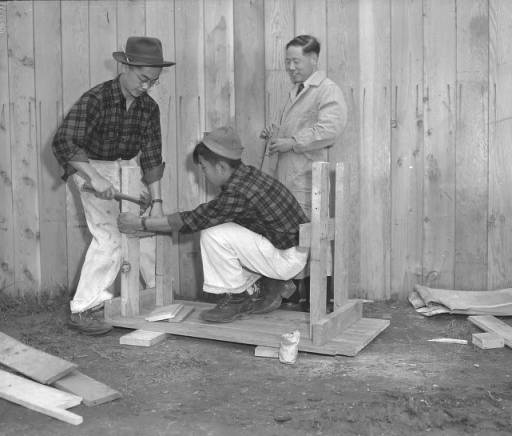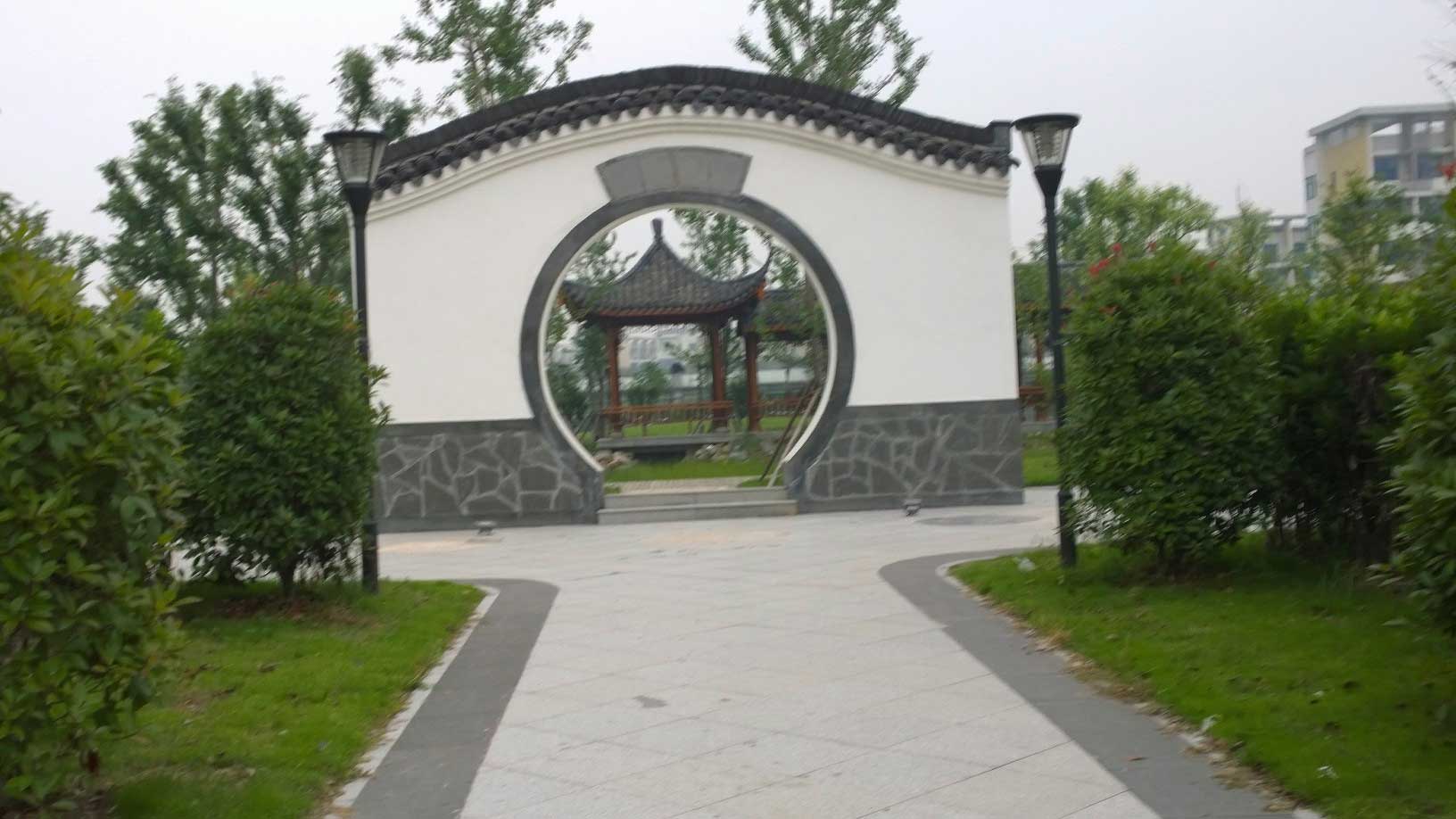

By Morf Morford
Tacoma Daily Index
Courage is when you face down your fears and do something you’d rather not do, even though you know it is the right thing to do.
Cowardice could be seen as the opposite; you know the right thing to do, but for whatever reason, you do what you know is the wrong thing. It could be inertia, peer pressure or just general laziness, but sometimes we just drift when we know we should be taking a firm stand.
Tacoma has had several of these moments where our fear, weakness or lack of vision has prevailed and we, as a community acted contrary to our clearly stated laws, rules and ideals – and the consequences can last for generations. The expulsion of the Chinese in 1885 and the relocation and internment of the Japanese (and the resulting destruction of Tacoma’s “Japan town”) in 1942 are two of those times.
Both of these events are out of living memory of most of us, but what bothers me most is not what the people of Tacoma did, it is what they became.
I have great admiration for FDR, but Executive Order 9066 (internment of those of Japanese ancestry) is surely his greatest civic – if not moral – failure.
Executive Order 9066 is clearly unconstitutional and pulses with blatant racism. Such an act would never have been enacted against Germans or Italians.
These were civilians, not charged with any crime, who were sent to camps, had careers and educations interrupted and had their property and businesses confiscated.
As with every law, we should ask, on what grounds, and to what purpose?
This was a federal law with local repercussions.
Our local officials of the time, like those compliant bureaucrats of the Nazi regime, were only following orders.
But surely they knew on a deep, personal and yes, historic level, that by any standard it was wrong – it was a stark violation of every premise of our Constitution, Pledge of Allegiance and our dedication to rule of law and judicial process.
February 19th, 1942 President Franklin Delano Roosevelt signed Executive Order 9066 authorizing the military to banish anyone it considered potentially dangerous from any region considered to be at risk. On March 2nd, anyone of Japanese ancestry was ordered removed from the entire West Coast. A few short weeks later, May 17 & 18th, 1942, virtually all of Tacoma’s downtown Japanese American community (about a thousand people of all ages- most, if not all, US citizens) was shipped from Union Station to Pinedale Assembly Center near Fresno California.
(Tacoma Times 5/18/1942, pg. 1; TNT 5/18/2003, pg. B8+)
As you might imagine, very few returned to Tacoma. Tacoma’s Japanese history was essentially erased that day.
Well over 100,000 Japanese were taken from their homes, schools and businesses nationwide. There were few who spoke against the mass incarceration. The mayor of Tacoma, Harry Cain, was the only elected leader of a large American city to speak against the social injustice of internment. There were no trials, no charges and no accusations.
There were many prominent Japanese interned, including George Takei (Sulu from the original TV series Star Trek). Takei spoke of his experience in several media interviews and an editorial in The Washington Post. https://www.washingtonpost.com/posteverything/wp/2016/11/18/george-takei-they-interned-my-family-dont-let-them-do-it-to-muslims/
His message is simple: incarceration based on religion or race is clearly unconstitutional, deeply un-American and should never be repeated.
An event this dark and contrary to basic American principles should not be repeated, but it should be commemorated. You can join a Day of Remembrance planned for WSHS/Union Station on May 18th, the 75th anniversary of the departure of Tacoma’s Japanese American community from Union Station.
This free series of events will commemorate the day these Japanese Americans left Tacoma, honoring those who built and lived in a vibrant Japantown, as well as those who inherited that history.
Co-sponsored by local writer Tamiko Nimura and historian Michael Sullivan, as well as the Washington State History Museum and the Broadway Center.
Day of Remembrance schedule of events:
12:30-2, Walking tour of historic Japantown, led by local historian Michael Sullivan and writer Tamiko Nimura
Meet at the “W” at the top of the UW Tacoma Grand Staircase, 1754 Jefferson Avenue.
Open and FREE 2 – 8 PM: “Filled with Grace: Japanese Americans in the South Sound” exhibit at the Washington State History Museum (exhibit closes on 5/20, so this is the last free day to see it).
3 PM – 3:45 PM Washington State History Museum, Amphitheater: Gathering for short program and procession to Union Station, moment of silence to mark departure.
4 – 5:15 (approximate): Screening of the play “Nihonjin Face” (set in Tacoma), Q&A and discussion afterwards with playwright Janet Hayakawa. History Museum auditorium.
5:15 – 8 PM: “Filled with Grace” exhibit continues at WSHM until 8 PM.
Photos courtesy Tacoma Public Library


The Puyallup Assembly Center “Camp Harmony” was constructed by the Army in less than 3 weeks. The living quarters were makeshift barracks divided into “apartments” consisting of a single room no larger than 18 x 20 feet in which a whole family of up to 7 would live. Furnishings consisted of one army cot per person. Each “apartment” had a stove for warmth, one bare bulb hanging from the ceiling by a wire for light and one window. There was no running water. Toilets and showers were communal with no privacy dividers, until the Japanese built them themselves. As Spring passed, the detainees scrounged wood and tools and began constructing rough tables and chairs. Homes were created in the rough surroundings.
Below: While interred at “Camp Harmony,” in May of 1942, three unidentified Japanese Americans built their own furniture for their barracks “apartments.”











